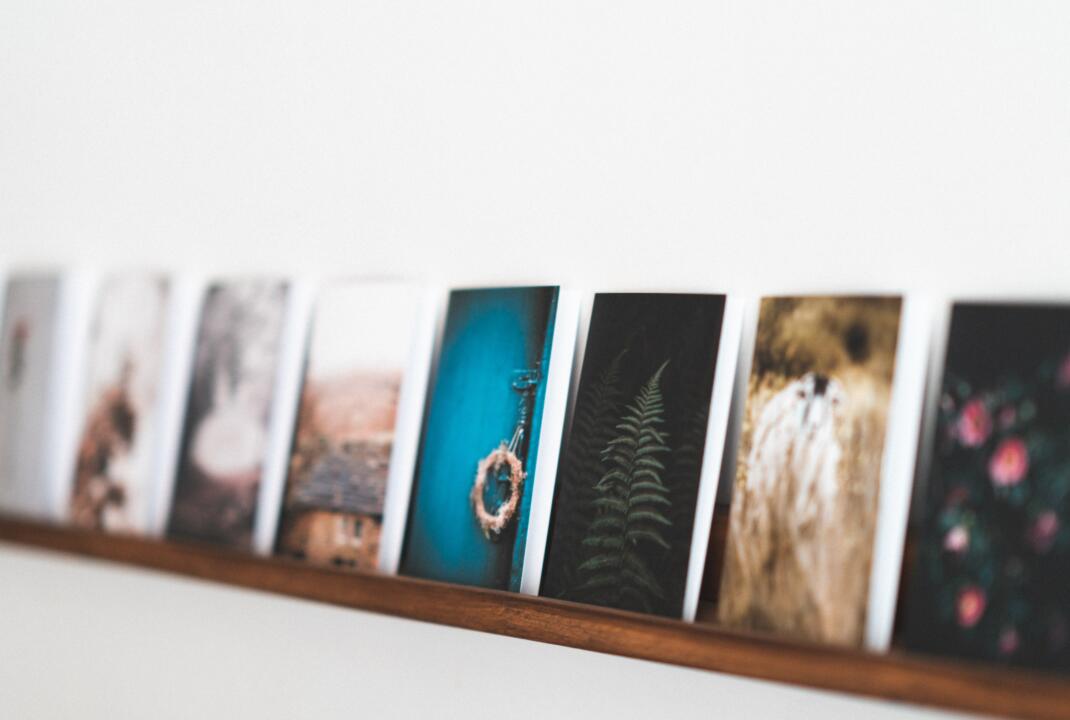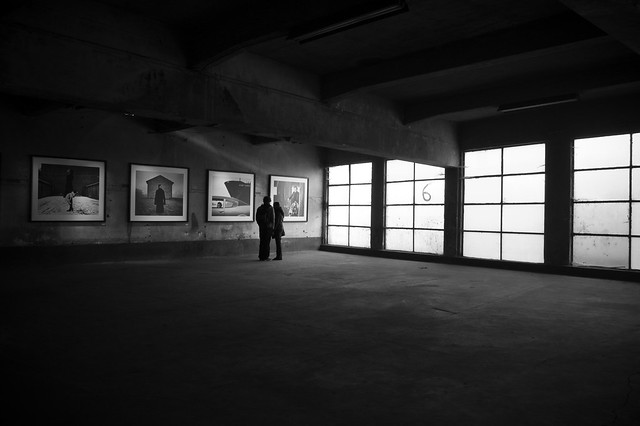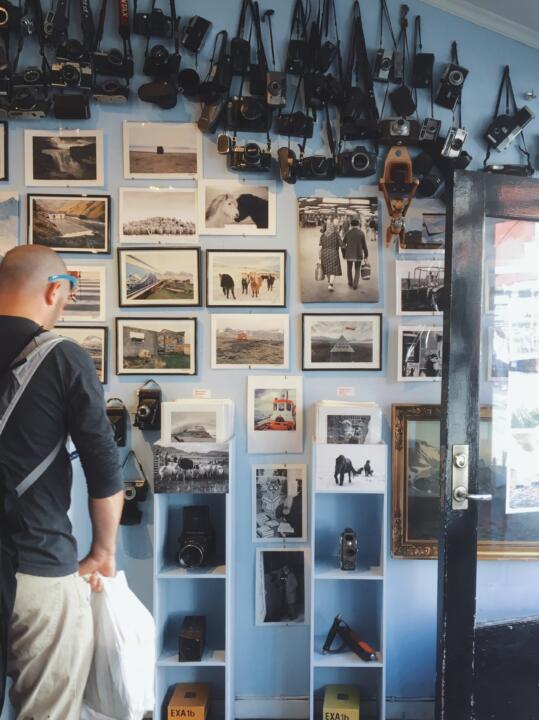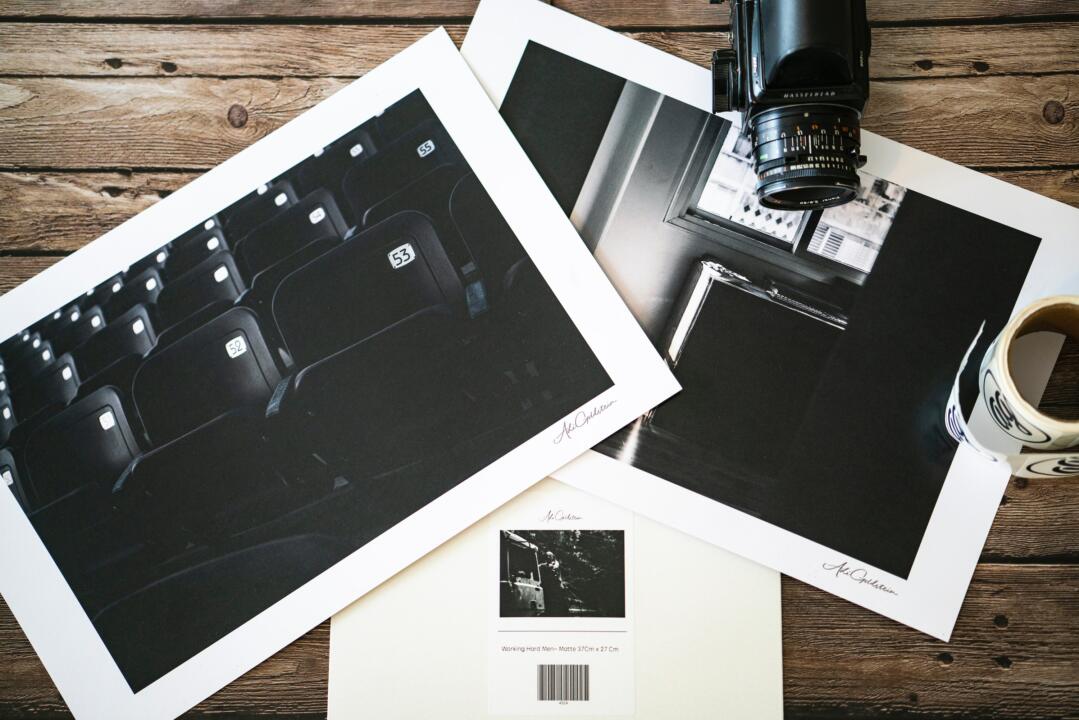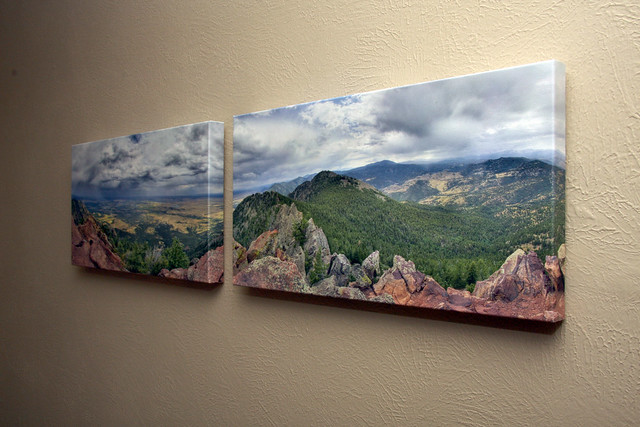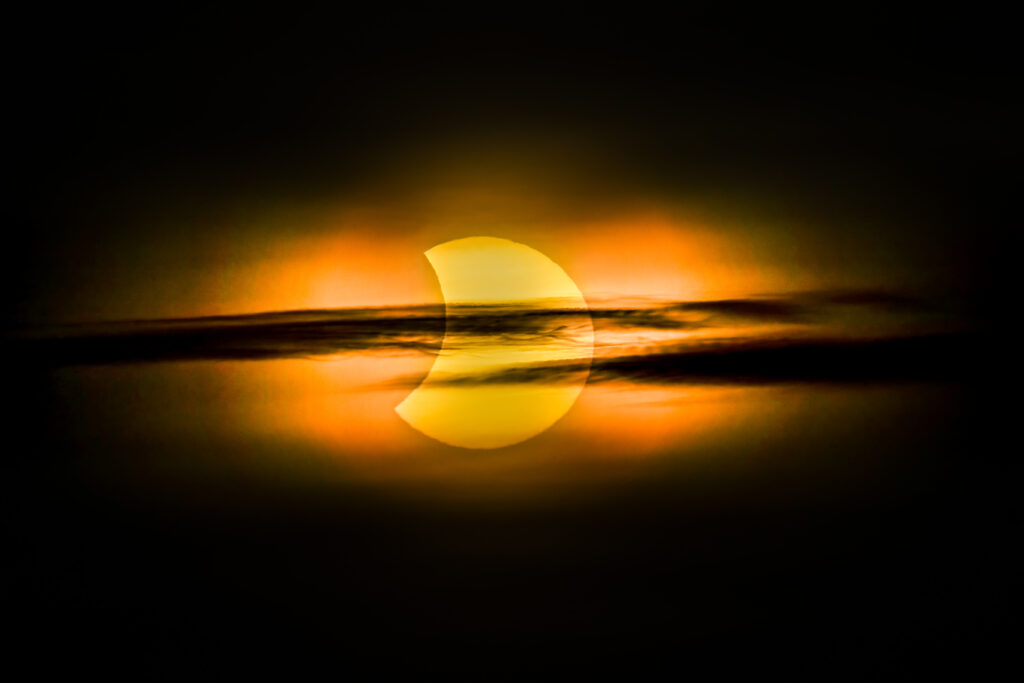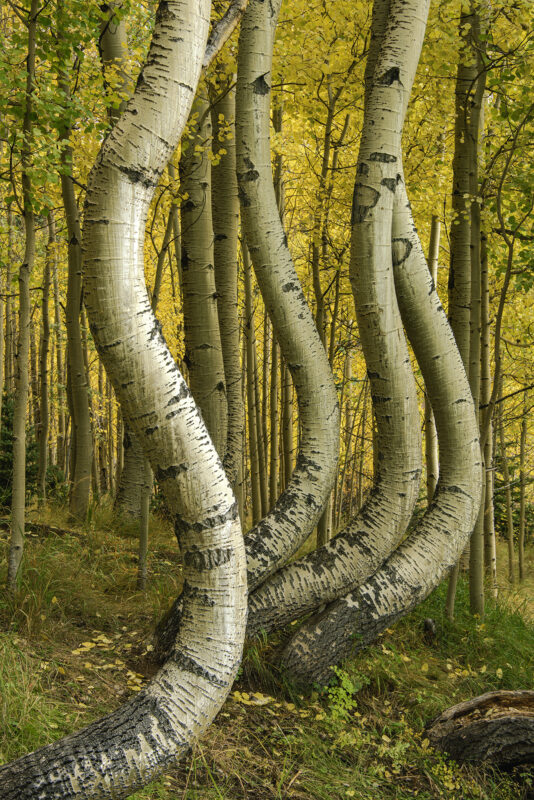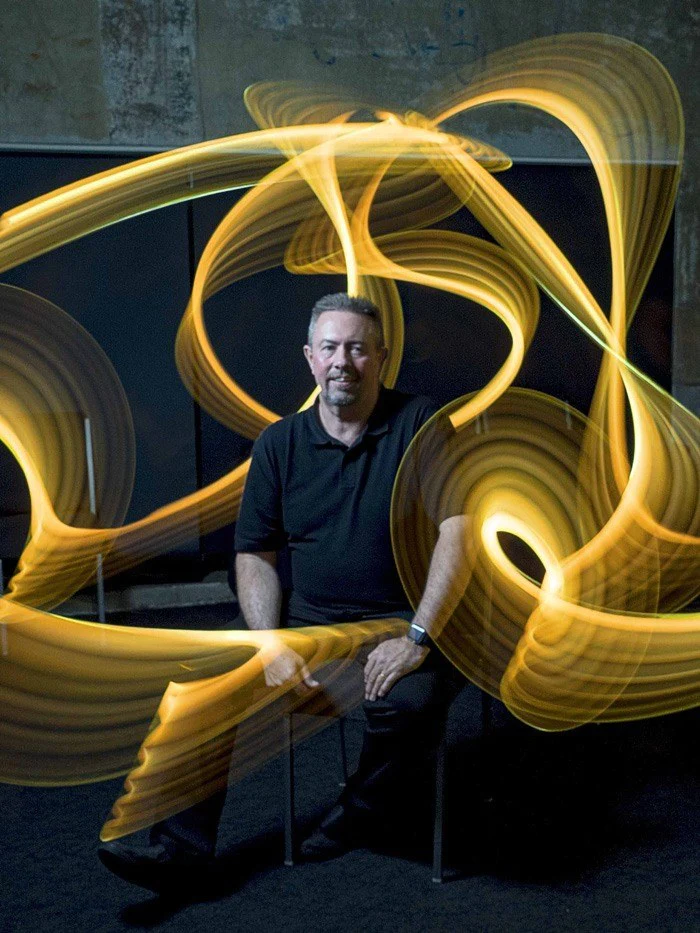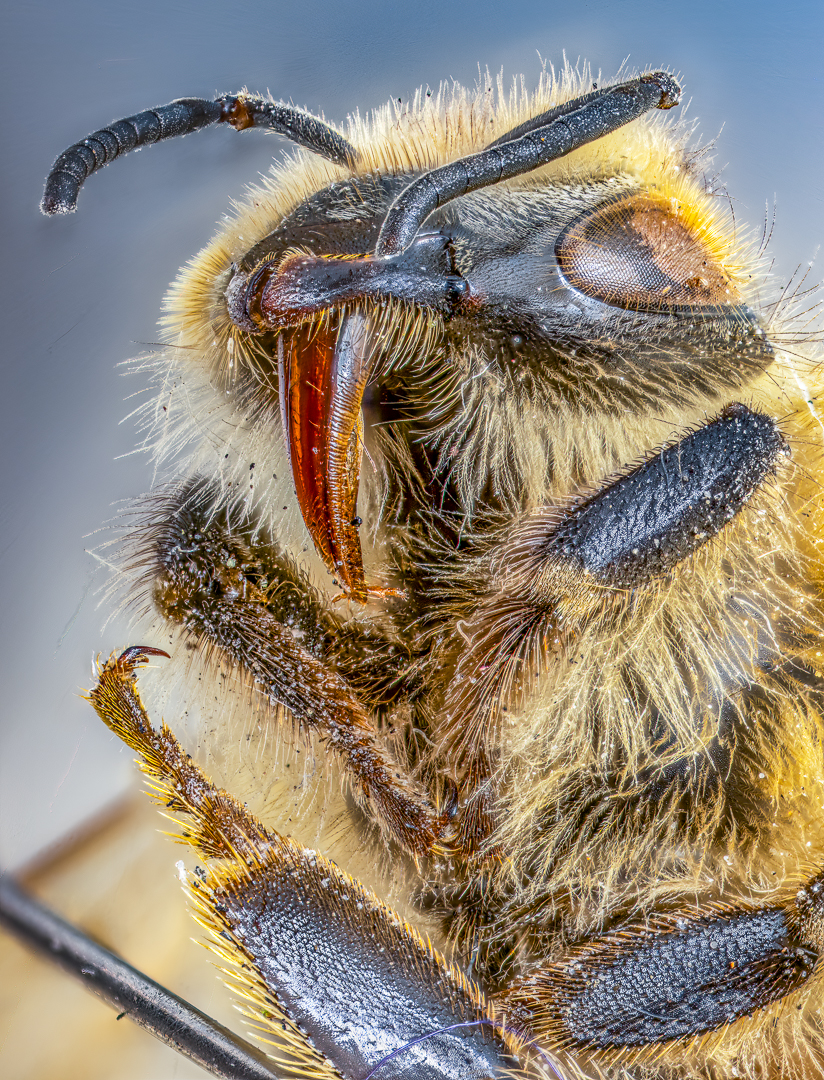On those occasions when fellow photography enthusiasts have managed to pull me into their park bench conversations about the craft we share a love for, one of the topics that inevitably comes up is how different things were before the digital age.
To the mind of some, digital photography has devalued the images we capture. This ideology may be primarily the result of the proverbial generation gap, but I can empathize with such a sentiment because I do believe there is some truth to it. Most of the photography we see from day to day is viewed on a screen. I have no problem with that; as long as I'm seeing beautiful photos, I’m happy.
But I do love the printed image and every chance I get, I try to cultivate that same appreciation in others. I think it is a disservice both to viewers and makers of photography to minimize the impact and specialness of a printed photo.
But even forgoing all the enlightened, philosophical stuff, printed images are fun, exciting, and a great way to decorate your home. I believe all photographers should make prints, even if it’s just for your own gratification.
A high-quality paper print will probably satisfy most, but if you want to kick things up a notch, there are some intriguing options available for your consideration.
Acrylic Prints
Acrylic prints are often touted as the cutting edge, high-end choice for photographic print products. It’s difficult to argue this assertion. Acrylic (perhaps better known by one of its branded names — Plexiglas, Lucite or Perspex) prints are manufactured as either direct prints or photo prints.
A direct print uses a flatbed printer to print your image directly onto the acrylic. Your other, slightly less expensive option is to have a traditional paper print mounted and overlaid with acrylic. Acrylic will emphasize the depth, clarity, and vibrancy of an image; some even describe it as having a “3D-like” effect. The visual impact is more prominent with direct prints, but you can’t go wrong either way.
Generally speaking, any type of photo works well with acrylic but color images provide the greatest impact. For portraits or photos with more subtle tones and colors, you may want to seek out a printer that offers acrylic with a matte finish. This way you will get all the benefits of a glossy acrylic finish but with minimal glare and reflections, which also means you can safely hang your art near bright light sources.
Metal Prints
There was once a time when a nondescript machine sprayed dyes onto the surface of a sheet of prepared metal and that was what passed as a metal print. Today, the best metal prints are created using high-grade brushed aluminum onto which an image is applied via dye sublimation process; your photo is essentially baked into the aluminum.
The result? Images that are super sharp and dripping with vibrance and saturation.
Most printers offer a variety of finishes and coatings — a glossy glass-like finish; a non-reflective, non-glare finish; a coating that provides a metallic sheen; a coating that keeps the image looking like it would on white paper. You can also get metal prints in different shapes (squares, circles, hearts) and even have your signature engraved into the print.
Metal prints are lightweight, durable, and will provide a modern, graphic, minimalistic appeal to your images and decor.
Canvas Prints
Canvas is hardly a new medium. However, once the exclusive domain of painters, canvas has become a popular print medium in the photography world. The overall aesthetic of canvas prints is notably more subdued than either acrylic or metal prints.
While it’s not difficult to find printers who offer a gloss finish for their canvas prints, most people tend to prefer the classic matte look and feel (it is, in fact, a uniquely tactile medium) of canvas. Canvas is also a forgiving material, as it can effectively “hide” noise/grain without compromising image sharpness or color. Of course, any type of photo can work on canvas but landscapes and portraits are particularly good choices.
If you’re considering canvas prints, you’ll love the timeless, quintessential, seamless look that’s sure to add a touch of class to any room.
Final Thoughts
Canvas, metal, and acrylic are just three of the print media options available to photographers. One kind isn’t objectively better than another; while it is true that certain photos may look better on a particular material, it really becomes a matter of personal preference.
With a variety of shapes, sizes, finishes, coatings, and other embellishments at your disposal, you can easily customize your print project to suit your tastes.
What’s most important to remember is to enjoy the process of getting your best/favorite photos off your screen and transforming them into something more tangible. Liberate your photos; rescue them from their digital abyss and give them the treatment they deserve. You will be glad you did.
Enhancing your skills further as a Photographer enables you to really grow and understanding all about print or how to take stunning photographs worthy of putting out there on “physical material” is a really positive step.
Learning your camera craft and how to push your creativity is really the key with heading towards prints that you can be proud of. This Guide: The Creativity Catalogue, will help make sure skills continue to grow beyond the basics and your make sure your your limits are pushed.
Further Resources on Photograph Printing
- See How Acrylic Prints are Made (Face mounting process) – Creating Acrylic Prints
- Witness the Making of a Metal Print – Metal Print Process
- Watch the Creation of a Canvas Print – Digital Canvas Prints
